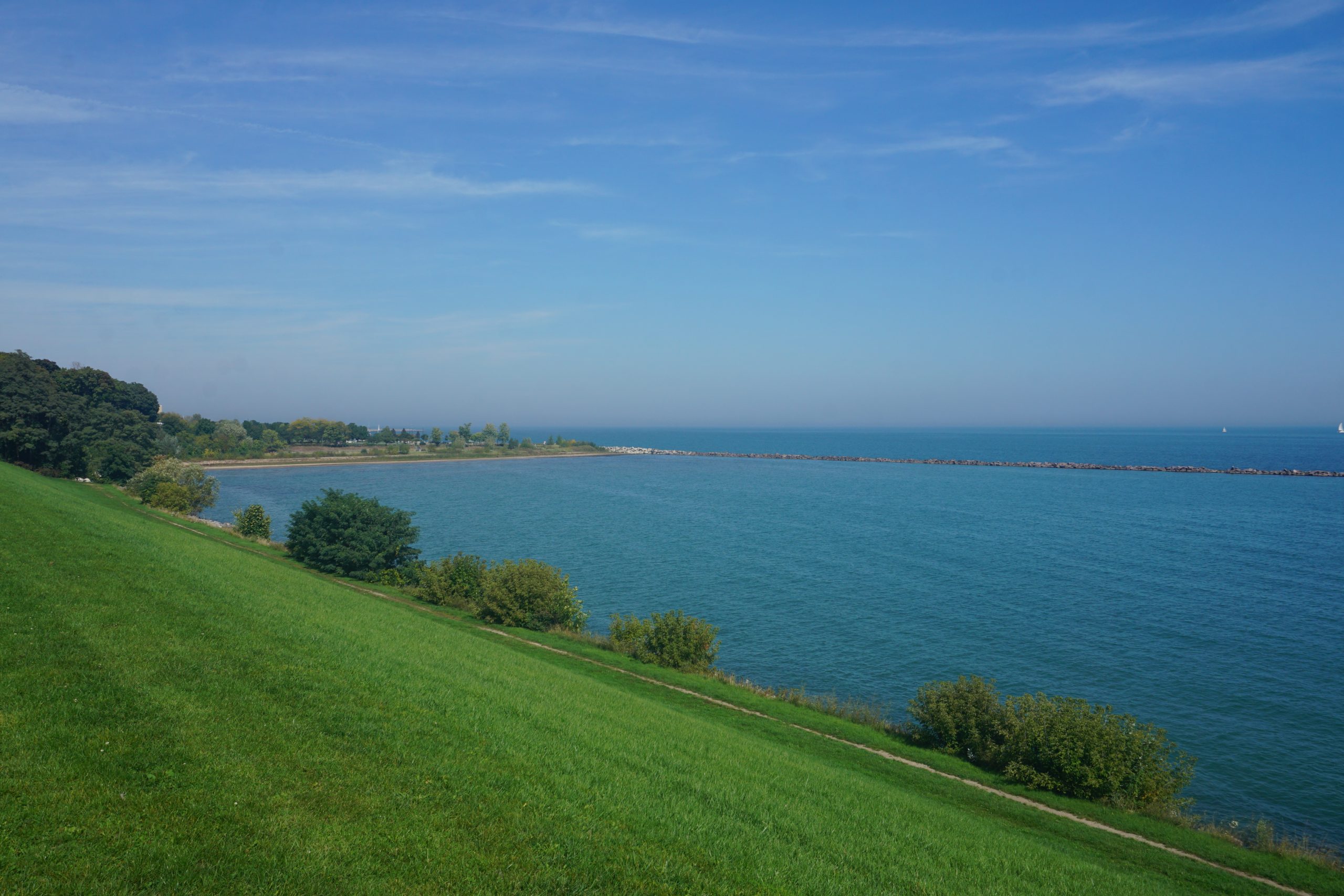Yes, Lake Michigan is home to a variety of seafood options. The lake is a rich ecosystem that supports a diverse range of fish species, both wild-caught and farm-raised. From the popular yellow perch to the prized lake trout, Lake Michigan offers a bounty of seafood for anglers, commercial fisheries, and local communities.
The Seafood Varieties in Lake Michigan

Lake Michigan is known for its abundance of fish species, each with its unique characteristics and culinary appeal. Some of the most common seafood found in the lake include:
-
Yellow Perch: This small, flavorful fish is a staple in many local fish fries and festivals. Yellow perch is prized for its delicate texture and mild taste.
-
Walleye: A larger species, walleye can weigh up to 10 pounds or more. It is a popular choice for commercial fishing and recreational angling.
-
Lake Trout: Another sizable fish, lake trout are commonly caught in the waters of Lake Michigan, particularly in the New York and Ontario regions.
-
Lake Whitefish: Prized for its uniform size and exceptional flavor, lake whitefish is a commercial fishing mainstay in the region.
-
Chinook Salmon: These large salmon, weighing up to 8-10 pounds, are also found in the waters of Lake Michigan.
In addition to these well-known species, Lake Michigan is home to a variety of other fish, including lake herring, channel catfish, bullhead, buffalo, carp, sheepshead, quillback, chubs, white bass, white perch, American eel, and smelt.
Commercial Fishing and Aquaculture in Lake Michigan

The abundance of seafood in Lake Michigan supports a thriving commercial fishing industry. Commercial fisheries operate on the lake, harvesting a variety of fish for both local consumption and export. These commercial operations play a vital role in the regional economy and provide a steady supply of fresh, high-quality seafood to local communities and beyond.
Alongside the commercial fishing industry, aquaculture operations in the Lake Michigan region also contribute to the availability of farm-raised seafood. These aquaculture facilities produce species like yellow perch, ensuring a consistent and sustainable supply of seafood for the local market.
Potential Concerns and Regulations
While Lake Michigan offers a wealth of seafood options, it is essential to be mindful of potential concerns regarding the safety and sustainability of the lake’s fish. Some fish in Lake Michigan may contain elevated levels of mercury or other contaminants, which can be harmful to human health if consumed in excess.
To address these concerns, local health authorities and regulatory bodies have established guidelines and regulations to ensure the safety of seafood consumption. Anglers and consumers are advised to follow these guidelines and consume fish in moderation, particularly for vulnerable populations such as pregnant women and young children.
Enjoying Lake Michigan’s Seafood
Despite these potential concerns, Lake Michigan’s seafood remains a beloved and integral part of the region’s culinary heritage. Local restaurants, fish fries, and festivals often feature the lake’s bounty, showcasing the exceptional quality and flavor of the seafood.
For those interested in experiencing Lake Michigan’s seafood firsthand, there are numerous opportunities to engage in recreational fishing, visit local markets, or dine at establishments that highlight the lake’s fresh and delicious offerings.
By understanding the diversity of seafood found in Lake Michigan and the importance of responsible consumption, visitors and residents alike can fully appreciate the lake’s rich aquatic resources and the vital role they play in the region’s culture and economy.
Conclusion
In conclusion, Lake Michigan is indeed a treasure trove of seafood, offering a wide variety of fish species for anglers, commercial fisheries, and local communities. From the beloved yellow perch to the prized lake trout, the lake’s waters teem with a bounty of seafood that has long been a cornerstone of the region’s culinary and economic landscape.
While it is essential to be mindful of potential safety concerns, the seafood of Lake Michigan remains a cherished and celebrated part of the local culture. By embracing sustainable practices and responsible consumption, visitors and residents can continue to enjoy the exceptional flavors and quality of the lake’s seafood for generations to come.
Reference:
– Lake Michigan Fishing Guide
– Seafood in the Great Lakes
– Aquaculture in the Great Lakes Region
